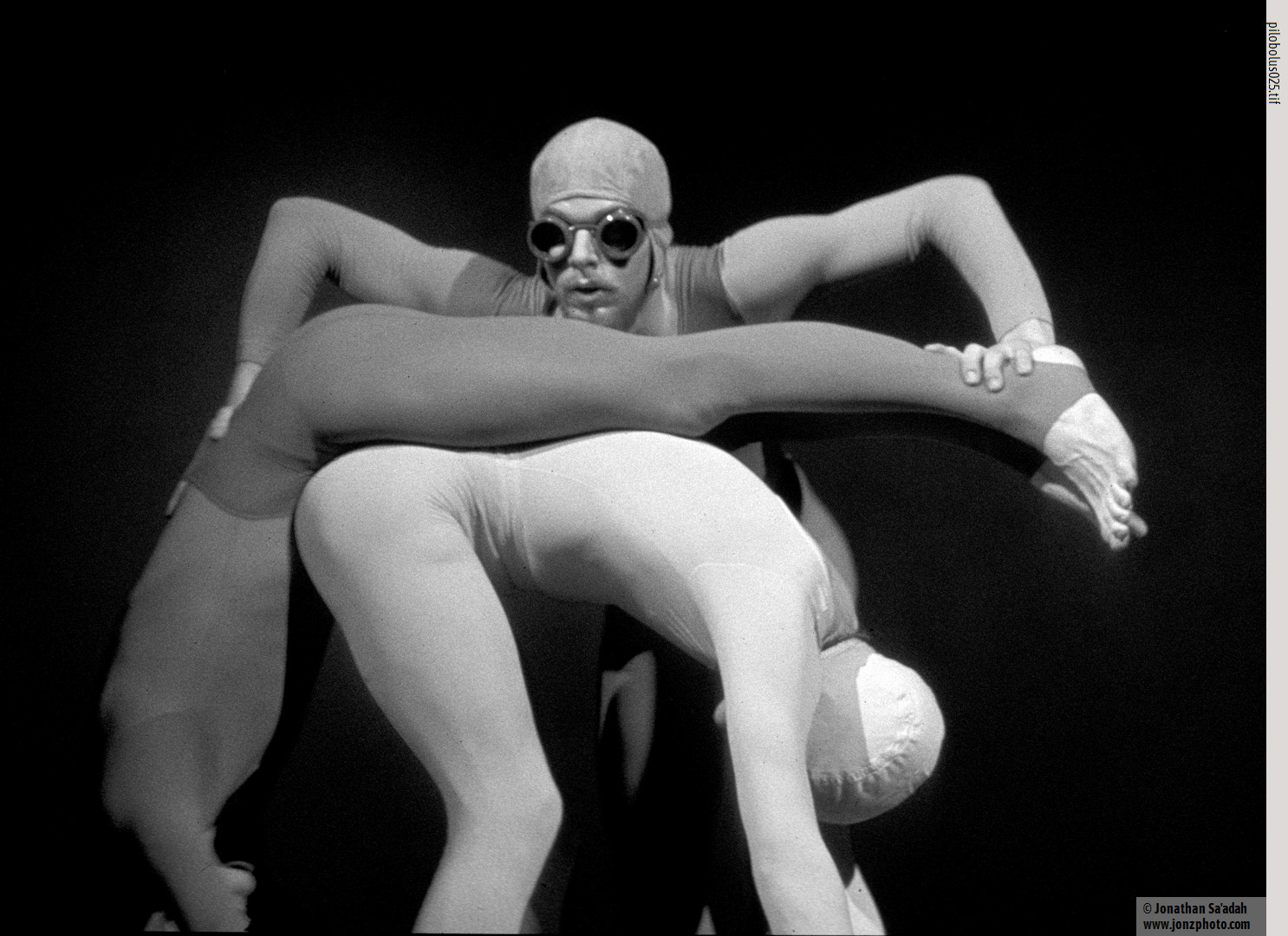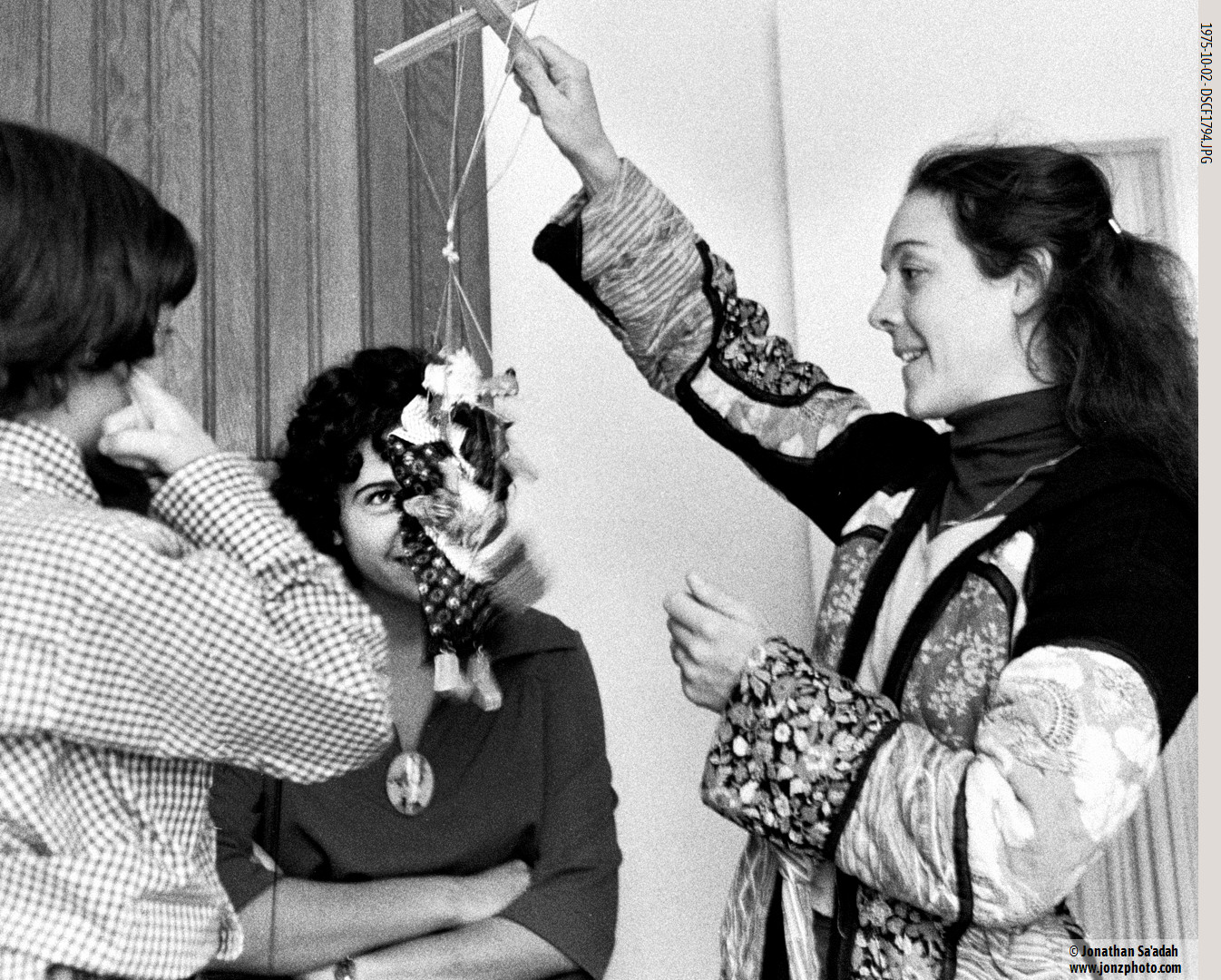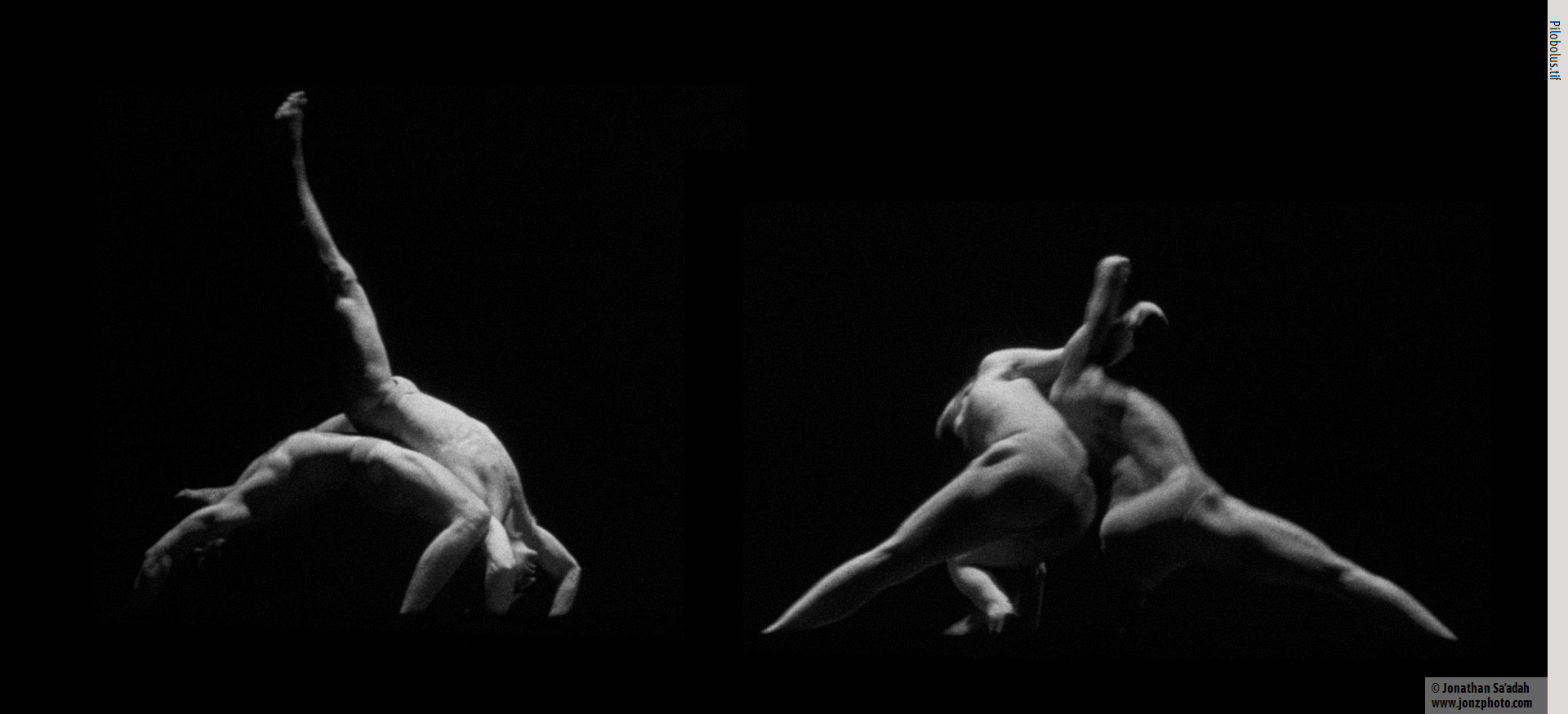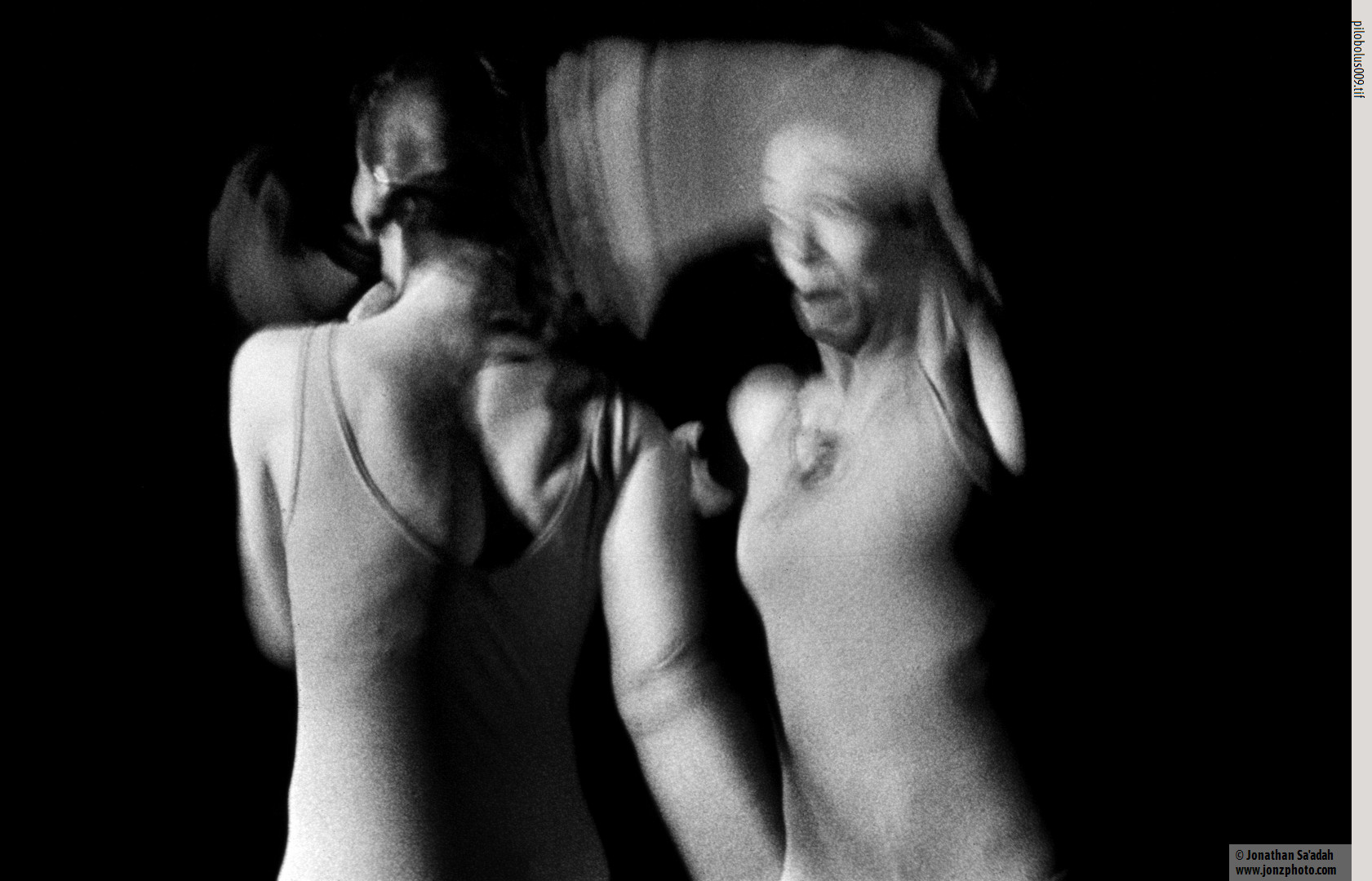There aren’t many arts organizations that survive fifty years, but the energetic dance group Pilobolus has surpassed the half-century mark and is still going strong. That’s not to say that getting to fifty has been easy. Part of its secret in attaining longevity has been that since birth it’s had an audacity and questioning of conventions that’s part of its DNA. The group has not been afraid of going against the rules and even reinventing itself when needed. When under stress, much like the fungus from which it took its name, Pilobolus fires out high speed spores for propagation and that’s proven to be an effective strategy for survival.

The original hot spark that ignited Pilobolus was struck in Professor Alison Chase’s dance class at Dartmouth College. It was 1971 – Vietnam years – and the Dartmouth administration, along with parts of the student body, were still stubbornly holding on to being an all-male college. Regardless, women were beginning to be a presence on campus. In reality, a majority of the students were rebellious and seeking teachers who not only opposed the war but embraced alternative approaches. Alison Chase was young – closer in age to her students than to other professors in her department – and as a teacher she had a collective and improvisational style of teaching choreography that caught the times. Just that there was a dance class on campus was a big step for the college. When most professors at Dartmouth were stodgy academics often tacitly supporting the status quo, Chase was a young attractive female teaching testosterone saturated students in leotards – a sure recipe to create sparks if not smoke and fire. She connected them with the world of dance, and in doing so she altered their lives and they, in turn, hers.

I too was a Dartmouth student during those years, and the original dancers were friends or schoolmates. Being aware of the campus buzz surrounding their work, I photographed one of their first public performances on a small experimental stage in the college’s art center.

Some months later, after graduation and during the winter of 1972-1973, I caravaned with them through northern New England photographing some of their early public performances. These performances were on small stages in college towns. The truth was that having a stage on which to rehearse and communally choreograph was as valuable to them as the small fee they were being paid. This was truly the birth period of the dance group, as it built up a repertoire and expanded from the original male quartet to six, adding two women. One, not completely surprisingly, was their former teacher and the other, Martha Clarke.

In looking back at these photographs I think how different they would have been if I were shooting them today. They were shot on high speed black-and-white negative film (Tri-X) that was then processed to reverse the image, yielding a positive transparency. The reversal was to get around not having a darkroom, since I was living in the woods with no electricity and only rudimentary plumbing. The grit (organic material) in the water shows up as a lot of “dust” in the photos. More light was required for the exposures than what we need now, so even though I was using a Leica camera with fast lenses (and a silent shutter), taking photos that were representative of the dances was a challenge, especially since they were shot during actual performances and I was using dim stage lighting.

After these pictures were taken Pilobolus traveled to Edinburgh where it was the hit of the Fringe Festival, being awarded the “Fringe First Prize”, and continued on to shows in London. At Moses Pendleton’s suggestion, a photograph of mine (a detail of a Glenwood stove) was used for their poster. Their receptions in Edinburgh and later London were big steps to their widening success. Soon after they left their base in Vermont and moved to southern Connecticut, which is still their home. In late summer of 1975 our paths crossed again when they were in Paris performing at Espace Pierre-Cardin. It was fun to see them being courted by the European arts aristocracy, as they continued gathering steam.
A selection of these pictures appeared in the book Pilobolus A Story of Dance and Life by Robert Pranzatelli (2024, University Press of Florida), which colorfully weaves together the complicated story threads underlying the history of this pioneering and maverick dance company.
This is wonderful to know about, and your photos are great as always. Thanks for sharing this.